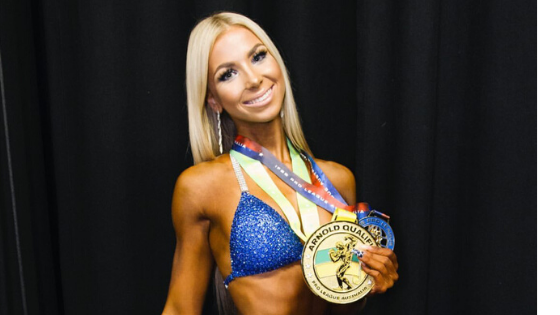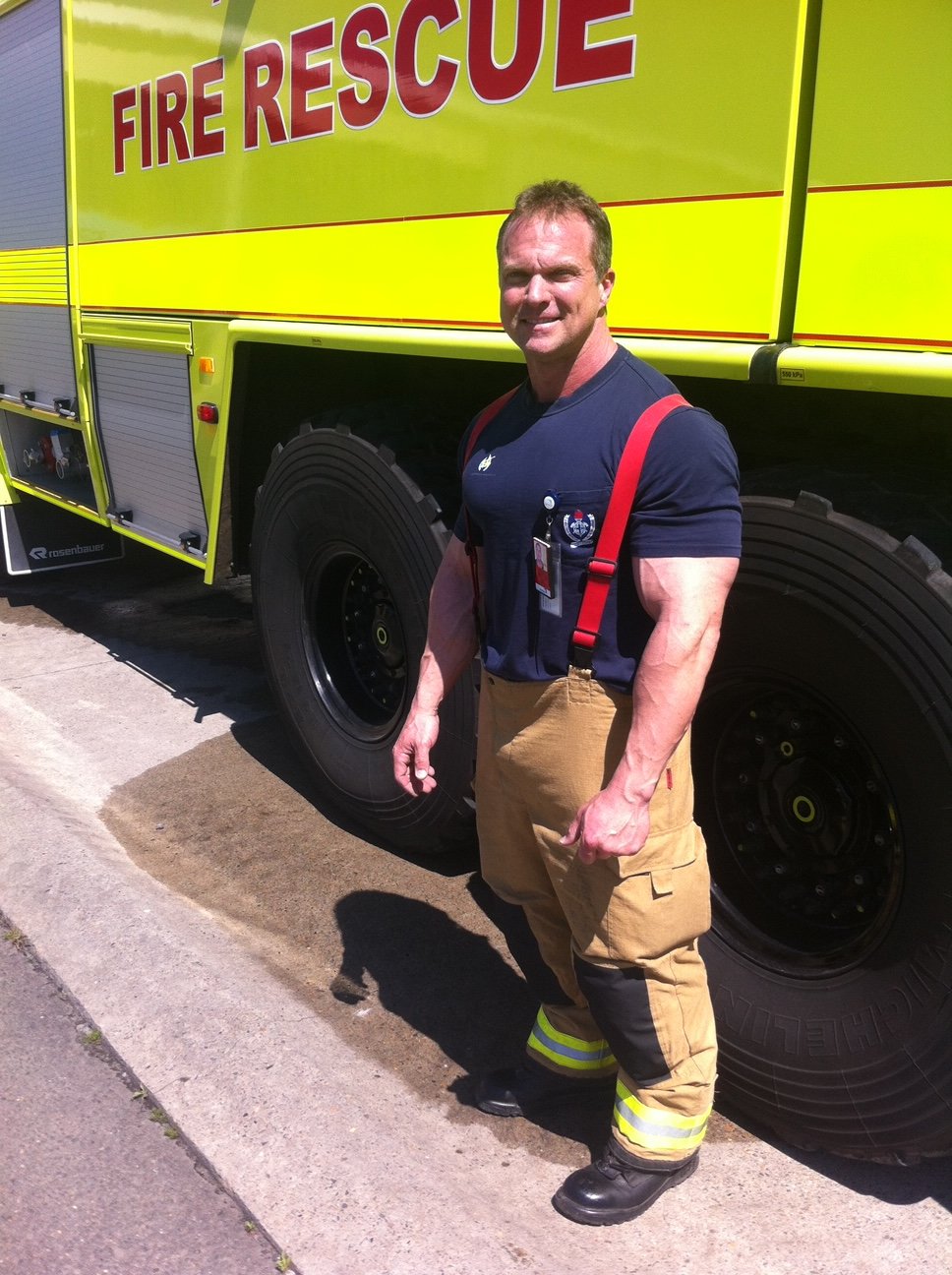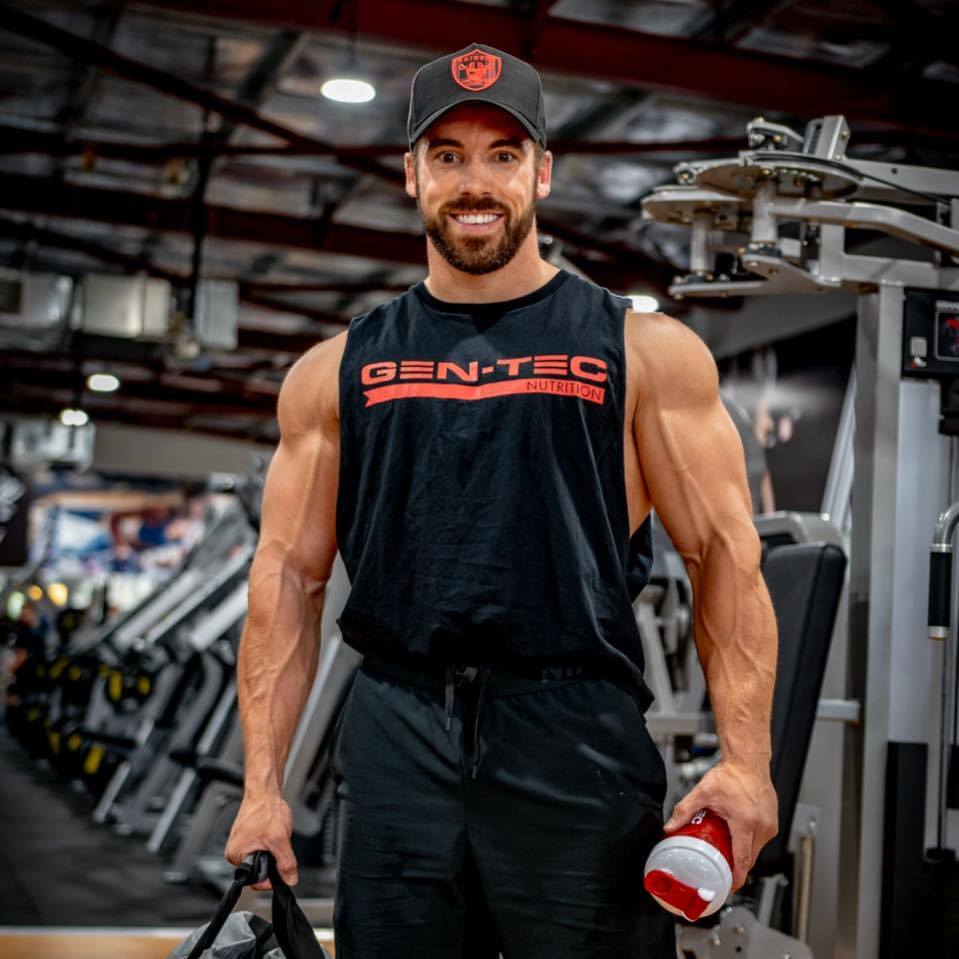Your Cart is Empty
Free shipping for orders over $100
Free shipping for orders over $100
Free shipping for orders over $100

September 06, 2019 5 min read
Professor Grant Tomkinson is aleader inpaediatric exercise
science. Originally from Adelaide, Grant is nowProfessor of
Kinesiology and Public Health Education at the University of North Dakota in
the States and an Adjunct Associate Professor of Health Sciences at UniSA. In this guest blog, Grant talks about what his research has shown regarding kids' fitness and how young people can become fitter, healthier people.

Your fitness level is an important indicator of how healthy you are now and will be in the future. If you are generally unfit now then you are more likely to develop chronic conditions like heart disease later in life. While you can be fit in different ways, not all types of fitness relate well to health. The most important type of fitness for good health is aerobic fitness, which is your ability to exercise vigorously for a long time.
I have long been fascinated by the question of whether today’s kids are fitter than their parents or grandparents were when they were young, and have spent the past two decades gathering historical fitness data on over 75 million kids from 50 countries dating back to the mid-1800s.
My research was the first to conclusively show that kids’ aerobic fitness has declined worldwide since about 1975. Kids today are about 15 per cent less aerobically fit than their parents were when they were young. And to make matters worse, it is likely that the largest declines have occurred in kids with low fitness. There is some good news, however, with my recent research showing that Aussie kids’ aerobic fitness has remained steady since about 2000.
Muscular strength — the ability of your muscles to generate force (e.g., lifting weights) — is also important for your health. My recent research unfortunately shows that Aussie kids’ muscular strength has declined by about 11 per cent since 1985; meaning kids are now weaker than their parents were when they were young.
The benefits of physical activity for kids
Daily physical activity is important for all kids. The Australian Government recommends that school kids should accumulate at least 60 minutes of moderate (physical activity requiring some effort) to vigorous (physical activity requiring substantial effort) intensity physical activity every day. A variety of aerobic activities (e.g., those that use the large muscles of the body like running, cycling, swimming, rowing) and sports (e.g., Australian football, basketball, netball, soccer) should be performed, including some vigorous aerobic exercise.
Physical activities that strengthen muscles and bones (e.g., climbing, jumping, weight lifting) should be included on at least three days per week. For additional health benefits, kids should engage in more physical activity (up to several hours) every day. Kids who meet the recommended guidelines are more likely to live longer, happier and healthier lives. Unfortunately, less than 20 per cent of Aussie school kids meet the physical activity recommendations.
Sport is not enough
Sport participation provides a wide range of benefits to kids beyond improved physical fitness. Sporty kids are engaged with other kids and learn teamwork and negotiation skills; they develop self-discipline; they learn to work within the rules, regulations and etiquette of a social system; they develop decision-making skills; and they cumulatively acquire transferable motor skills, giving them a sense of movement competence and confidence.
However, participation in sport does not necessarily mean that kids are sufficiently active or that all kids have equal opportunities for, or exposure to, sport. For most sports, weekly participation usually involves one or two training sessions and one competitive game. Many kids will spend a lot of time listening to instructions, waiting for a turn and standing around learning new skills or game tactics, resulting in minimal time on task. It has been shown that less than 50 per cent of time spent in organised sport is spent in moderate to vigorous physical activity.
Despite the benefits and the fact that well over half of Australia’s kids participate in organised sport, we know that sport is not enough as the sole outlet of physical activity. In addition to sport, kids should use active transportation (human powered transportation such as walking, running, cycling, scooting or skating), play, and snack on multiple bite-sized amounts of physical activity (e.g., in 5-to-10-minute bouts) throughout the day.
The goal of an exercise professional should be to optimise training outcomes and exercise adherence, and minimise the risk of untoward events, for all kids. To facilitate these outcomes, kids should learn the PROCESS of weight training through the principles of:
(a) Progression, (b) Regularity, (c) Overload, (d) Creativity, (e) Enjoyment, (f) Socialisation, and (g) Supervision.
Adults are doubtless aware of the well-established principles of progression, regularity, and overload, but the principles of creativity, enjoyment, socialisation, and supervision are particularly important for kids’ weight training programs.
It should also be remembered that kids’ weight training programs should extend beyond just increasing muscular strength, by aiming to improve movement and weight training competency skills, foster new social networks, and promote healthy eating and lifestyle behaviours.
Myth busting
I often get asked if there is a difference between weight training and playing sports at a young age. In truth, not really, but the answer really depends on the outcome variable of interest. Numerous myths exist for weight training that do not exist for sport, some of which I will try to dispel below.
Myth 1: Weight training stunts kids’ growth
There is no scientific evidence showing that participation in a supervised weight training program stunts kids’ growth or damages developing growth plates. It is likely that regular participation in a well-designed weight training program during childhood will favourably benefit bone growth and development.
Myth 2: Weight training is unsafe for kids
The risks for kids who weight train are equal to those of other recreational and sport activities. The key is to provide qualified instruction in a safe training environment and sensibly designed the program based on weight training skill competency.
Myth 3: Kids need to be at least 12 years old to lift weights
While there is no evidence-based minimum age for participation in weight training, all participants should be able to follow directions and safety rules. Generally, when kids are ready for sport participation — at about age 7 or 8 — they are ready for some types of weight training (e.g., body weight resistance training).
Myth 4: Weight training is only for young athletes
In addition to performance improvement and injury reduction, regular participation in a well-designed weight training program can improve heart, bone, muscle and mental health for all kids who participate. Weight training may be particularly beneficial for overweight or obese kids who often are unwilling and unable to perform prolonged aerobic exercise.
Grant Tomkinson is aleader inpaediatric exercise science andProfessor of Kinesiology and Public Health Education at the University of North Dakota and an Adjunct Associate Professor of Health Sciences at UniSA.
Comments will be approved before showing up.

June 24, 2020 3 min read

May 07, 2020 4 min read

April 01, 2020 3 min read
Be the first to know about upcoming sales and promos. Get a 10% discount coupon when you subscribe!